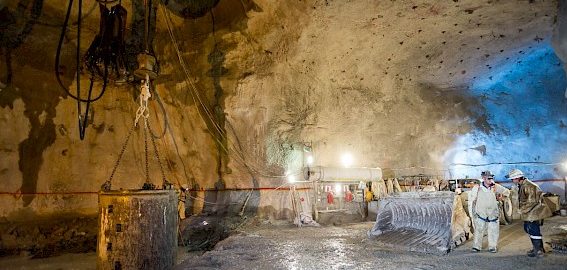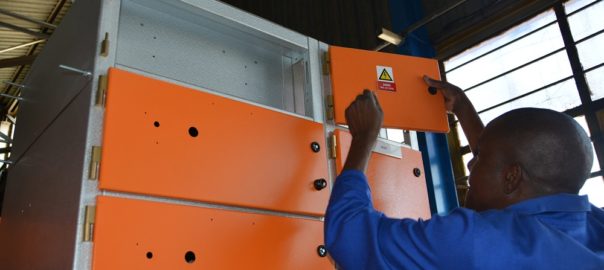Exxaro has taken the decision to terminate its agreement with Group Five Construction subsidiary, Group Five Projects, following Group 5’s announcement that it has embarked on business rescue proceedings.
Johan Meyer, Executive Head, Projects & Technology, said: “It is indeed a sad day as more than 750 contract workers will be impacted by this decision.”
Exxaro appointed Group 5 Projects on April 3, 2017, to construct a new small coal plant as part of the Grootegeluk Plant 6 (GG6) expansion project at its Grootegeluk mine near Lephalale, in Limpopo, South Africa. Barring unforeseen incidents, the Group 5 Projects scope was due to be completed at the end of May.
“The decision will regrettably now result in a delay to project,” Exxaro said.
“Exxaro has notified Group 5 of its decision and has embarked on discussions to mitigate the business impacts arising from this very sad situation. In the meantime, however, Group 5 Projects workers and subcontractors have moved off-site.”
Exxaro is engaging with its labour support (both legal and human resources) to maintain stability on site.
Grootegeluk is a critical source of A-grade, export-quality coal and power station coal that fuels Eskom’s Medupi and Matimba power stations. The site has an estimated life of mine of 45 years, producing 17 Mt/y.
The ZAR4.8 billion ($332 million) expansion of GG6 will ensure increased throughput and enhanced processing efficiencies to ramp up export coal production at this important site, Exxaro said.
The new GG6 plant will enable an additional 600 t/h of throughput on the run of mine feed, as well as higher, more valuable yields through enhanced operational efficiencies and better beneficiation processes.
Technical alterations at the plant consist of a new small coal beneficiation plant (SCP), enabling the processing of fragments of less than 10 mm, improving fines plant beneficiation processes through the use of reflux classifier technology, a dewatering plant and ancillaries and expansion of the current stockyard.
A new double-stage, dense medium separation plant will be established to process and prepare the export coal. The plant will also include a fines beneficiation Reflux Classifier circuit and dewatering section. The existing GG6 stockyard will be upgraded and expanded to accommodate additional product volumes.







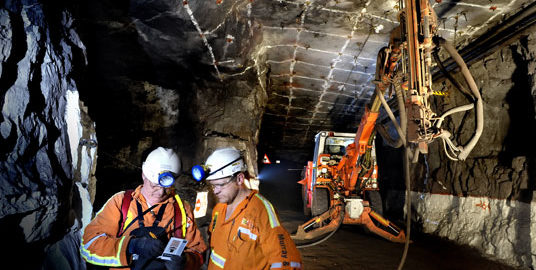

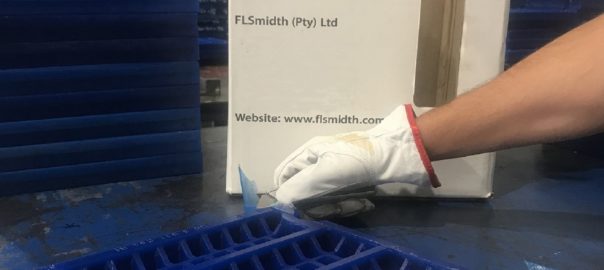
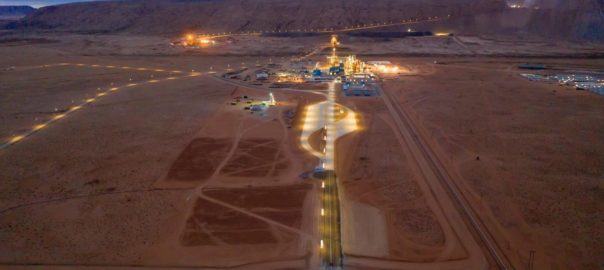
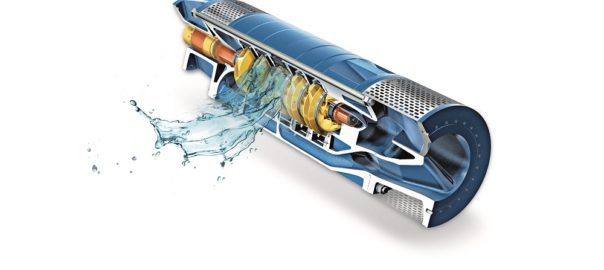
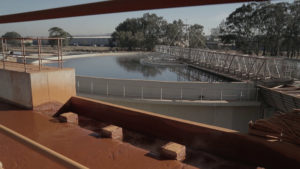 ANDRITZ engineers spent weeks developing the sophisticated technology needed to encapsulate the motor so it could withstand the higher internal pressure. The first two pumps have been running since June 2014. These 21-t pumps, each 15 m long with a 1-m diameter, were installed side by side in March, 5 m apart, but could only be started after completion of the water treatment plant.
ANDRITZ engineers spent weeks developing the sophisticated technology needed to encapsulate the motor so it could withstand the higher internal pressure. The first two pumps have been running since June 2014. These 21-t pumps, each 15 m long with a 1-m diameter, were installed side by side in March, 5 m apart, but could only be started after completion of the water treatment plant.
